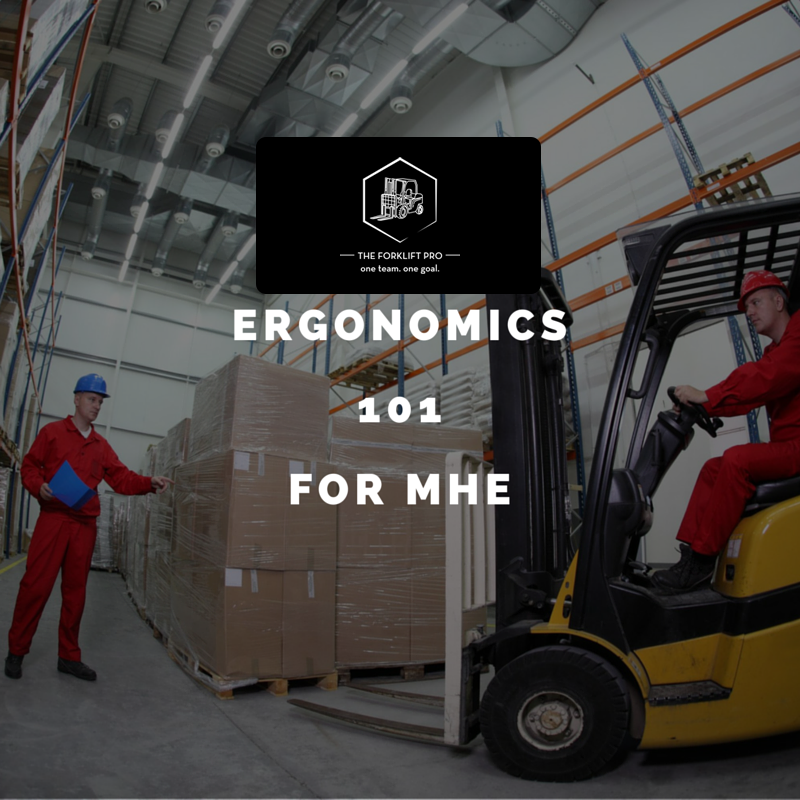Material handling equipment (MHE) is only part of the equation. In this industry, safety is a hot topic as it pertains to the equipment, but the managers and operators are often forgotten. Even in 2015, many teams still rely on employees to carry, lift, and distribute containers and miscellaneous items. Managers should be cognizant of the work environment and physical activity required of all staff in the process. An injured employee may cost an organization a large sum directly and indirectly. Keep watch on the work related demands expected of your team with these tips:
- Watch your back. Items that obstruct eyesight or are unconventionally shaped present problems in the way of stress and strain to the back. Nearly 70% of lower back injuries are related to manual material handling and may be prevented. Encourage team members to seek assistance if a load is more than 50 pounds or they are uncomfortable with the weight. Overexertion not only results in increased fatigue but also poses a higher risk for injury. Use handles and handholds near the bottom of the containers so they can be lifted at the proper height.
- Rotate team responsibilities. Keep track of which managers are physically moving items in the warehouse. Determine whether teams should split these responsibilities. If manual labor is a regular requirement for your organization, it may be best to post a monthly schedule. Take time to identify whether any employee has a history of back injuries or pain, and make note of what they are able to handle.
- Review best practices. How do you determine whether a job should use equipment or manual labor? As MHE equipment continues to evolve, operators must adapt. Employees who work with equipment daily and perform manual labor should be encouraged to participate in the review process. Offer training to the entire team to teach proper body mechanics. Even if some staff members do not perform either of these tasks, it is beneficial for them to be educated. Injuries can happen at any time and in any occupation.
- Pair the right machine with the right job. Warehouse employees and staff may feel required to overexert themselves and push the limits of safety if the right equipment is not accessible, up-to-date, or efficient enough to complete daily tasks. Make sure that you speak with your equipment manager to ensure your MHE and forklift inventory meets your current needs (it’s a good idea to review needs at least quarterly).
Physically moving items may still be a common occurrence in the MHE industry, but that does not mean it has to be a safety concern. By following best practices for safety, both for machinery and for operators, businesses can help safeguard themselves from legal liability, the inventory from damage, and the operators from injuries. Happy lifting!

